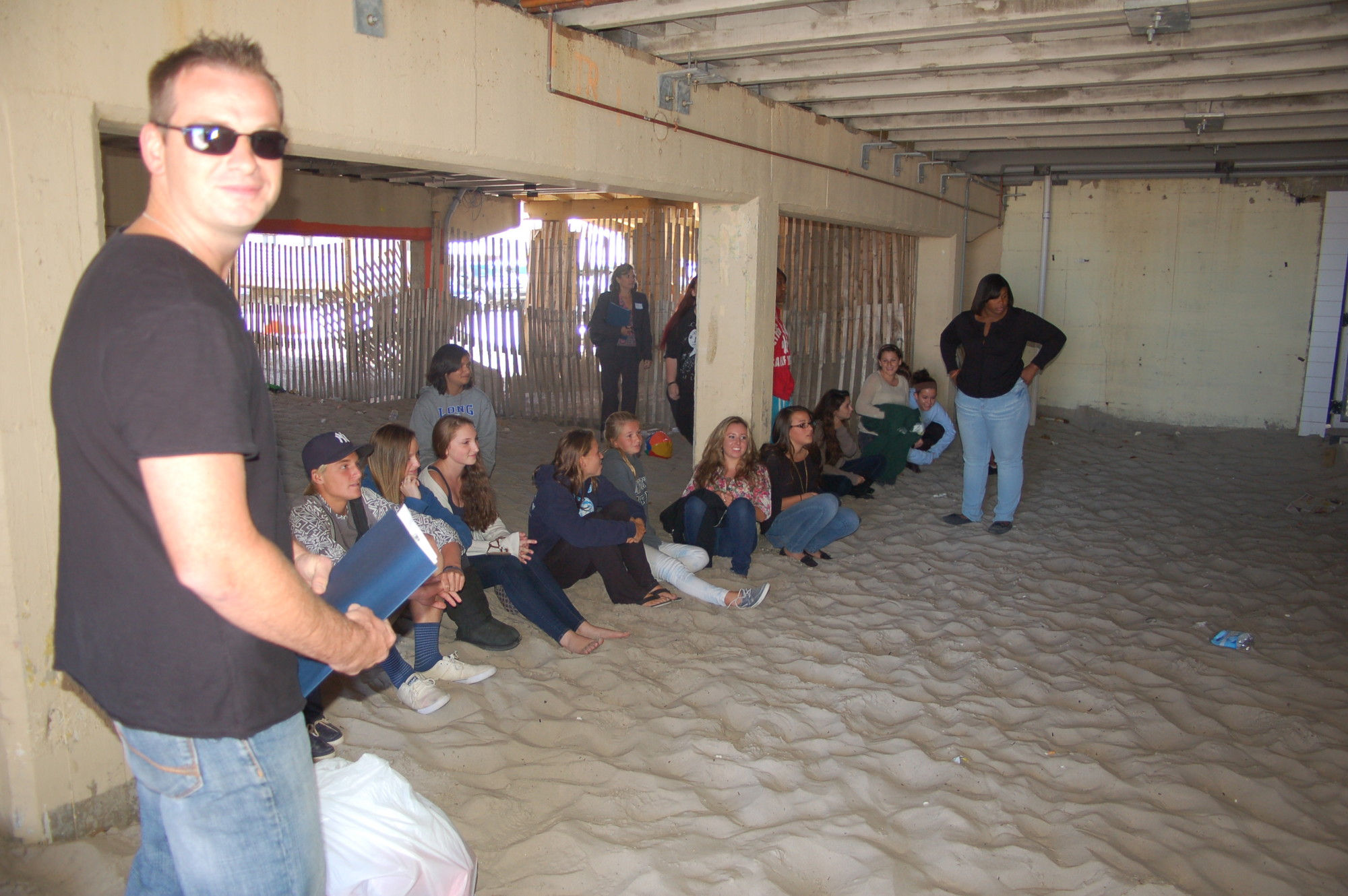Tackling underage drinking in Long Beach
Police attend seminar to learn new strategies aimed at prevention
Last week, officers from several local police departments underwent training to learn the most effective methods to deter underage drinking and break up high school parties.
The Underage Drinking Enforcement Training Center, a national organization that provides training to help communities in their efforts to enforce underage drinking laws, came to Long Beach to teach a two-day seminar at the Allegria Hotel, sponsored by Long Beach Medical Center's Coalition to Prevent Underage Drinking and the Long Beach Police Department.
The organization has taught its methods across the country, including 19 other places in New York. Instructors taught officers new approaches for controlling kids at the scene of a party and keeping everyone safe. They also taught prevention methods, including how to use the Internet and social media to gather evidence.
“The reason we do this is, clearly, it’s a problem in this community, but also because alcohol is still the number one drug of choice,” said Judi Vining, director of the coalition. “It’s really easy for families to say, ‘Thank god they’re only drinking.’ Yet there’s more damage caused by alcohol to kids than other drugs.”
Vining said that Long Beach’s underage drinking problem is dire, far above the state average. She said that 70 percent of the kids the coalition works with say they drink at parties in homes. Just last week, city police officers issued a social host violation to the host of a party on Forester Street, after responding to a noise complaint and observing minors leaving the house holding alcoholic drinks.
“It’s not like you can stop every party,” said Vining. “But you really want them to get the message that the community, as well as the Police Department, take this very seriously.”
The first day of the seminar focused on “controlled party dispersal,” to keep the scene under control when breaking up a party, and preventing kids from fleeing, which — whether by foot, bike or car — puts them in danger, Vining said.

 49.0°,
Mostly Cloudy
49.0°,
Mostly Cloudy 







